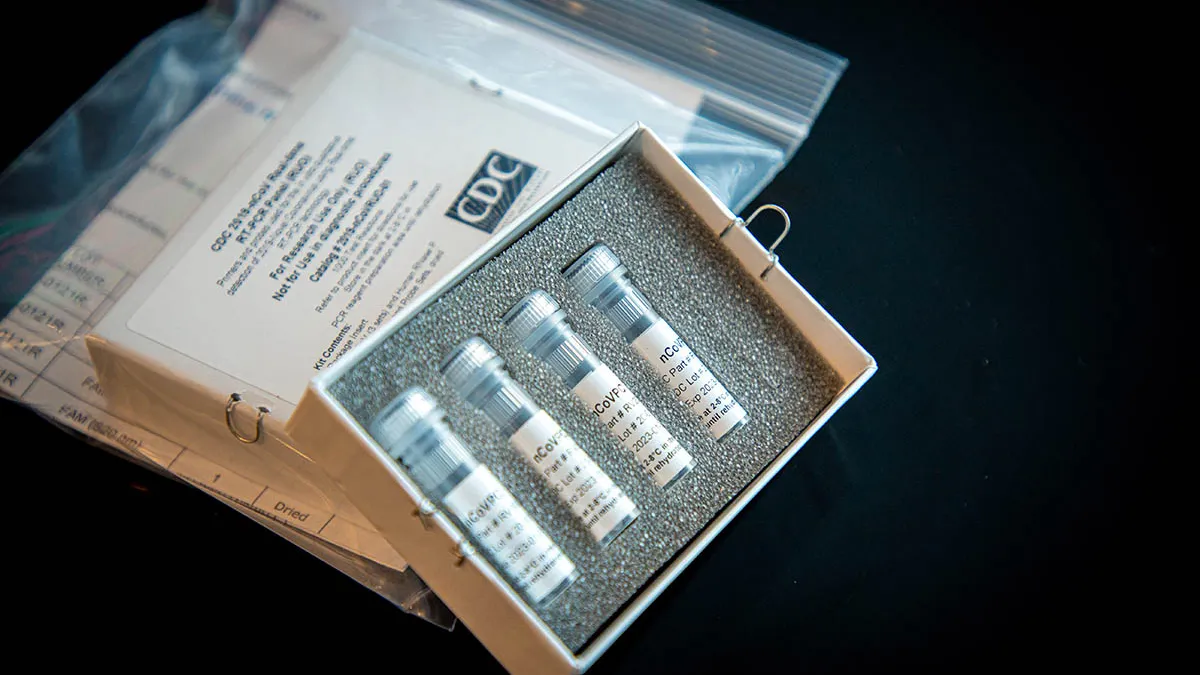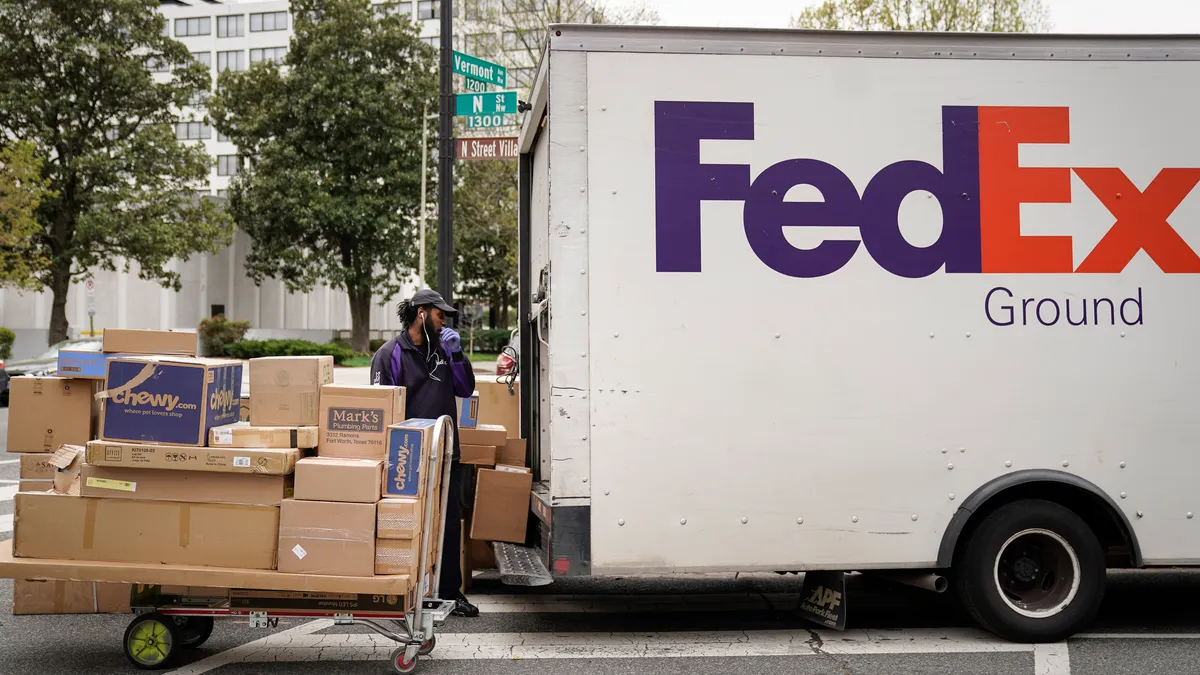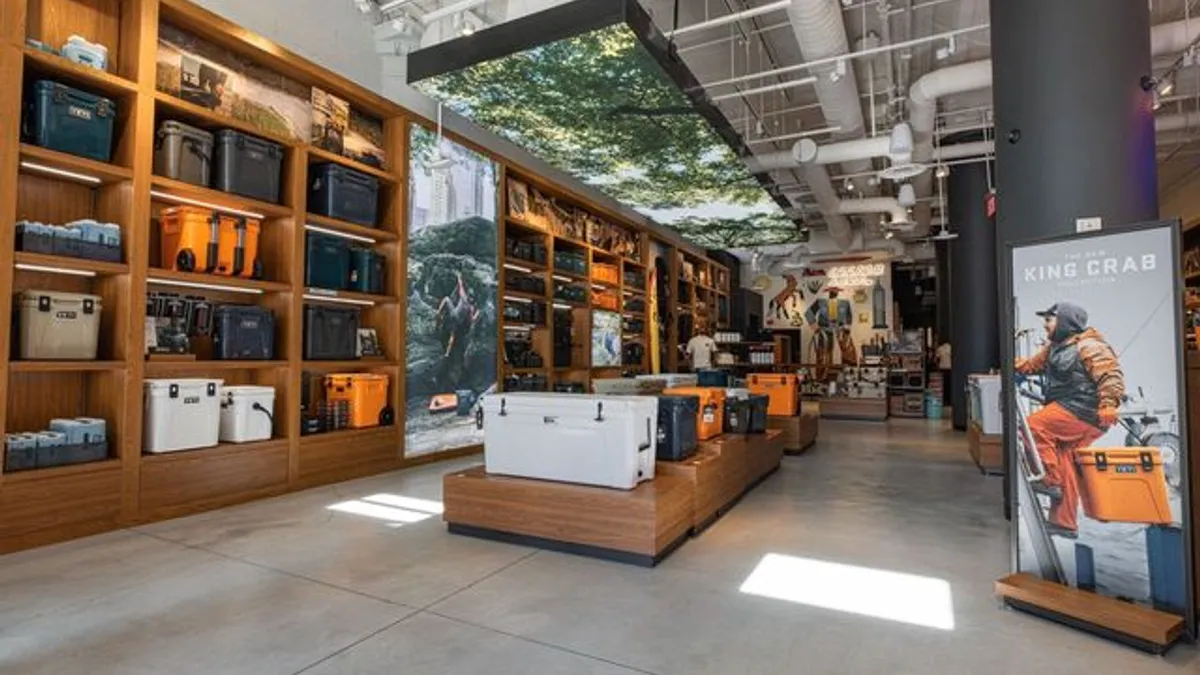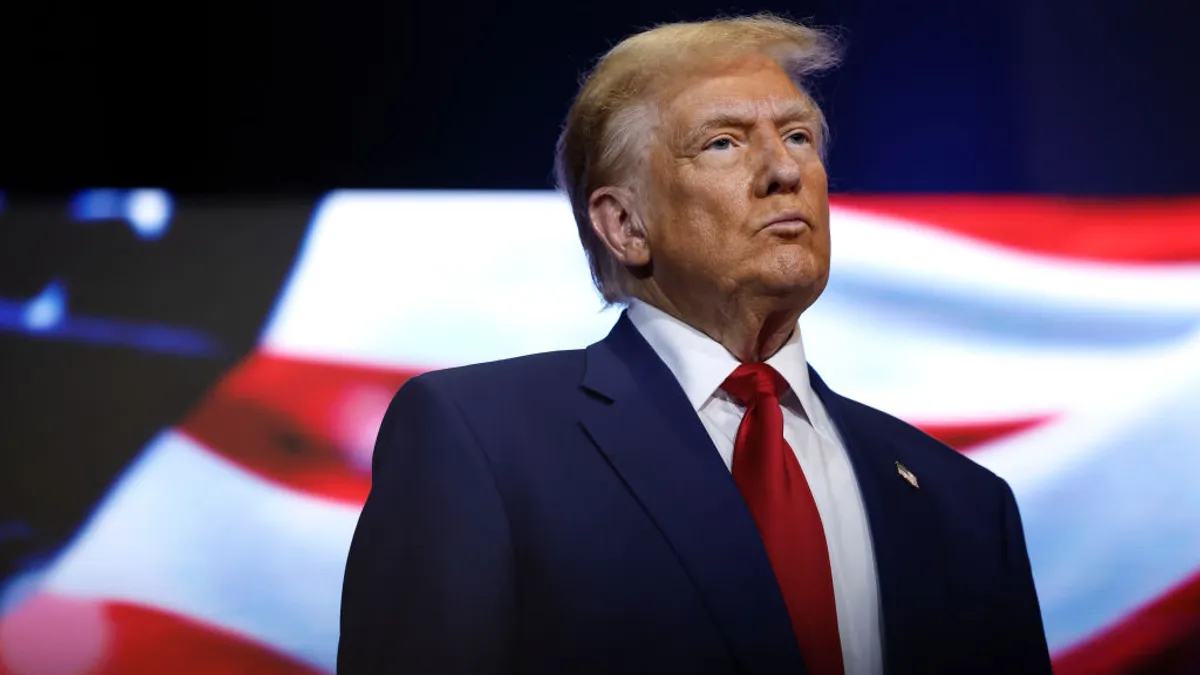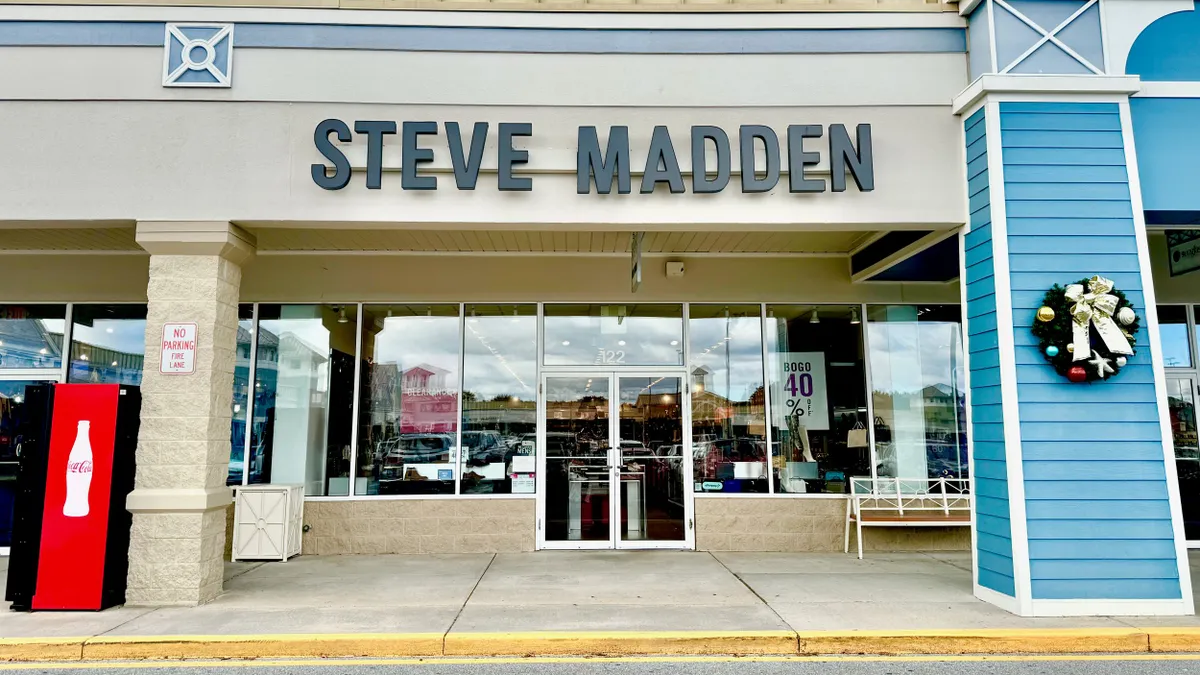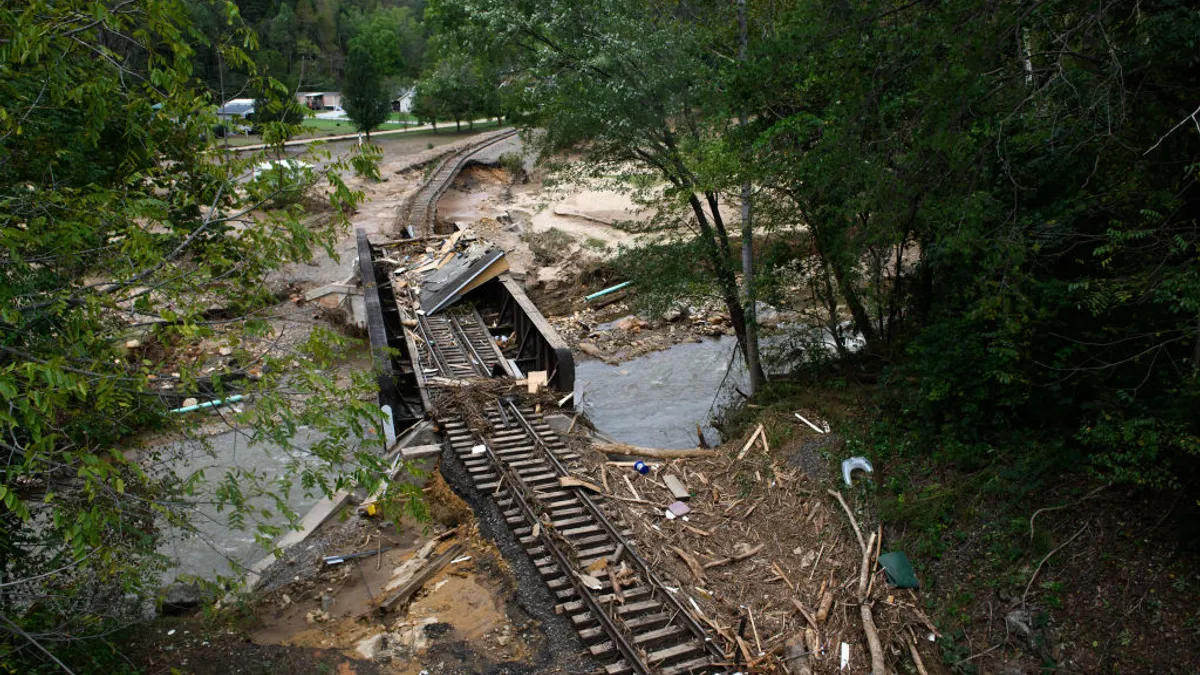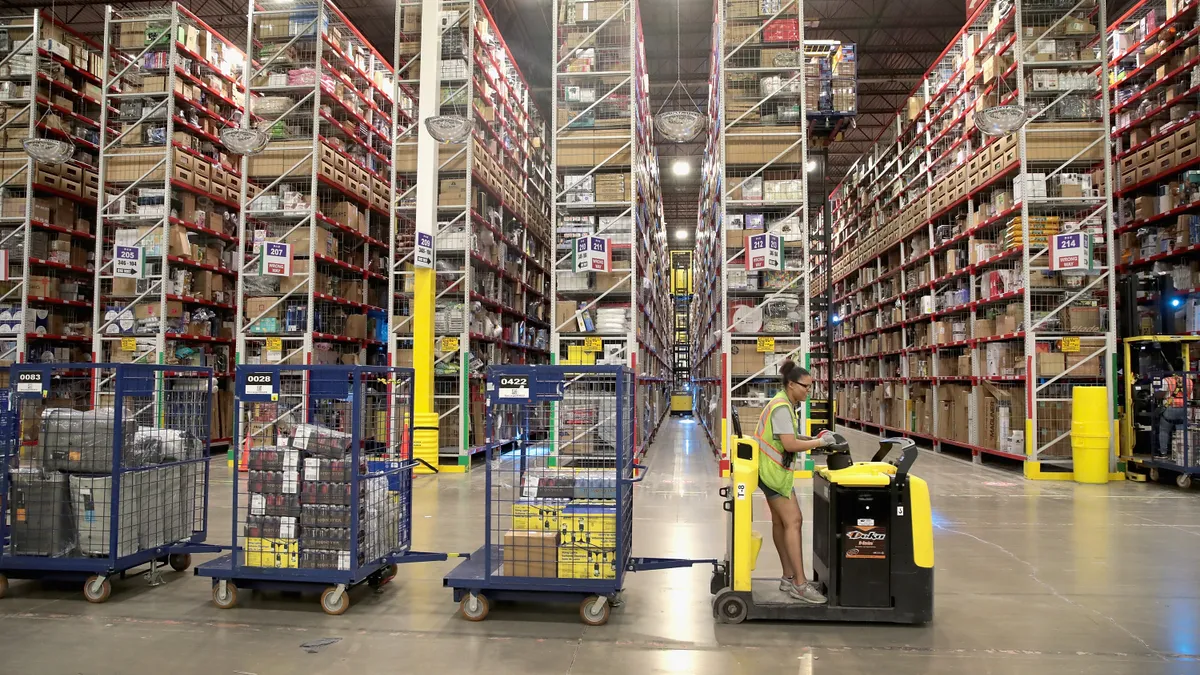The challenges in the coronavirus medical supply chain are now so familiar that the general public knows about personal protective equipment (PPE), N95 respirators and testing kits logistics. Consumers are even asked to fill supply gaps – with some hospitals requesting donations of spare N95 respirators from consumers' attics and garages, or donations of homemade masks.
Executive Director of Logistics at Indiana University Health (IU Health) Derrick L. Williams said his team jumped into action mid-January when it saw China's growing infection rates. "We automatically looked at it like Ebola, and said 'let's go ahead and put everybody on allocation now,'" he told Supply Chain Dive.
IU Health set up Incident Command Systems at its 17 hospitals, to allocate the normal amount of critical supplies on the list. Instead of hospital employees continuing to pull wanted supplies, they had to request items outside of their normal usage, if they were on the allocation list.
As spikes in demand for certain supplies went up, they were added to the list, which currently contains 32 items, including respirators, gloves, face shields and isolation gowns. "We control all of those manually because of this outbreak," Williams said.
"They seem to be able to ramp back up in China, but nothing is flowing out."

Derrick L. Williams
Executive Director of Logistics, Indiana University Health
IU Health also canceled elective surgeries to reduce use of critical items. It added telehealth options to reduce numbers of patients in the emergency department (it worked) and medical offices. And it instituted a rule that clinicians could only use one N95 mask per shift. "Right now we're sitting real pretty," Williams said. "Unlike most healthcare systems, we haven't run out [of critical supplies]," he said, and no one needs to use alternatives — yet.
Procuring the N95 respirator
IU Health typically keeps six weeks of PPE supplies on hand in its consolidated service center. In flu season, it keeps eight weeks of supply. COVID-19 hit just when IU Health increased its stock to eight weeks. It now has about 58 days for PPE on hand for the entire system, which uses about 14,000 N95 respirators a month under the allocation method.
The problem? Distributors rely on manufacturers in China. China has been keeping masks for domestic use. "They're not sending any, according to our distributors. They seem to be able to ramp back up in China, but nothing is flowing out," Williams said.

Distributors and manufacturers estimate that IU Health will receive more stock in May or June, though that may not be enough stock to support them, even at the lower amount IU Health currently allocates to its hospitals. Williams has been told that IU Health may receive anywhere from 45% to 90% of a normal N95 respirator order.
The supply needs are based on IU Health's projected models. If the number of patients surges to 30% in the next few weeks, that could reduce the system's supply further and hasten the day when respirators will run out.
As of almost midnight on March 23 (the most recent available data), Indiana reported 365 positive cases of COVID-19 and 12 deaths.
Like other healthcare systems, IU Health is looking at alternative solutions, like the N99 mask, which is more expensive and is used in construction. The Food and Drug Administration (FDA) is loosening rules about what masks can be used and how many times it can be worn. The FDA now allows the use of industrial respirators in healthcare settings.
IU Health is receiving some donations of N95 respirators. Calls are pouring in from the community, and it received a community donation of 30,000 masks. The health system is getting some masks from the state's supply, but nothing yet from the federal government. That will eventually trickle through from the state.
IU Health is also working with Indiana's Chinese community associations, some of whom say they can get respirators directly from manufacturers in China. "We have to make sure it's FDA certified," Williams said, which throws a kink in the process.
IU Health typically pays about 50 cents per respirator, and local vendors are coming out of the woodwork offering them for $6 to $8 each.

Another challenge procuring masks is that "the price gouging has been ridiculous," according to Williams. IU Health typically pays about 50 cents per respirator, and local vendors are coming out of the woodwork offering them for $6 to $8 each. "We need it but we don't want to pay $6. We buy in the hundreds of thousands."
These vendors are also offering expensive supplies of face shields and isolation gowns. "We get hundreds of emails a day, saying they have stock. We're not sure they're viable vendors, and the prices are exorbitant," he said, and he hears the same story from other healthcare systems.
Stock and supplies: the state-level struggle
Several hospital systems are trying to dip into the same pot of supplies of N95 respirators, other PPE and ventilators. "The hospitals are using all their purchasing power as independent businesses to get as much equipment as they can, but a lot of those [supplies] are being pushed to national stockpiles, so we don't have access we need," said Ruthanne Sudderth, senior vice president of public affairs and communications for the Michigan Health and Hospital Association (MHA). To receive stockpile supplies, hospitals must report needs to the state system, and the state then allocates supplies.
"The lack of a national strategy for coordination of the pandemic response is really affecting states' abilities to get the equipment they need. We've pushed the federal government to speed up production using all the levers of government. We've not seen as strong support as we'd like," she said.
Michigan hospitals have a long list of equipment on back order, including respirators, gowns and gloves. "We're doing everything we can to get more, but it's not happening fast enough," Sudderth said.
MHA has directly asked private manufacturers that make furniture, textiles and other goods if they can switch their production to make PPE in the short term. "Those requests have been very well received. We're working with them to get specs and samples," she said.
"The lack of a national strategy for coordination of the pandemic response is really affecting states' abilities to get the equipment they need."

Ruthanne Sudderth
SVP of Public Affairs and Communications for, Michigan Health and Hospital Association
Getting enough testing kit supplies has also been difficult. "What we got from the state won't even cover half of what we need," Williams said. IU Health is working with Eli Lilly in Indiana to develop more testing.
Beyond PPE, Sudderth said MHA's greatest needs are testing supplies and ventilators. Hospitals are following guidance from the FDA and the Centers for Disease Control and Prevention (CDC) regarding stretching testing supplies and PPE. "We have hospitals cutting swabs in half so that they can double their capacity," she said. There's also a list of FDA-approved alternative reagents, compounds used in testing that can be made by hospitals as acceptable alternatives.
The FDA is easing enforcement of modification review for making new ventilators, and allowing non-medical device manufacturers to manufacture parts. The agency is also allowing hospitals to repurpose ventilators normally used in different settings.
As for ventilators, "this one we haven't wrapped our hands around," since additional ventilators are not available in the country, Williams said. The health system ordered 40 new ventilators and will still be short under the best-case scenario. It's also looking into used ventilators.
"We know there won't be enough if there's a surge," Sudderth said.


